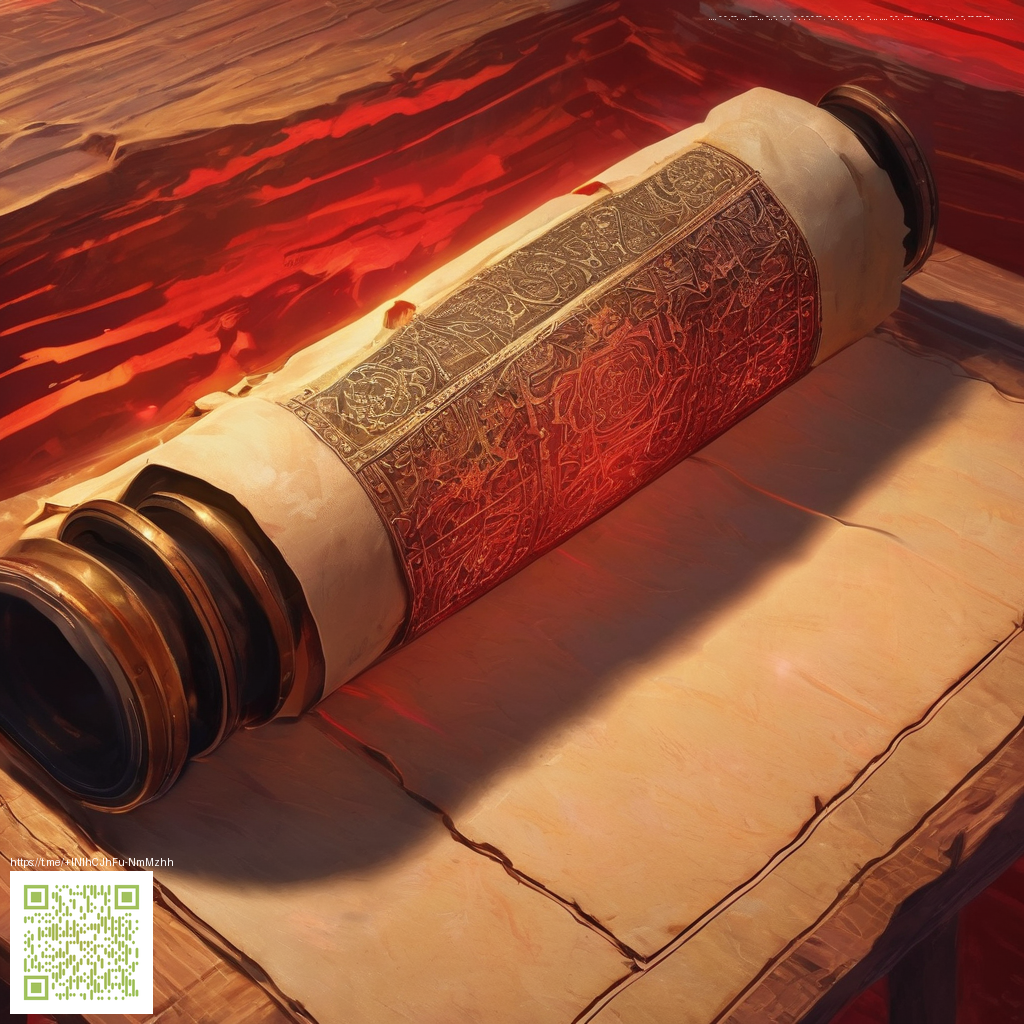Sekiro vs Nioh 2: Which Is the Better Soulslike?
In the crowded field of modern action RPGs, two titles consistently surface when fans debate the pinnacle of the soulslike genre: Sekiro: Shadows Die Twice and Nioh 2. Each game embodies a distinct philosophy of challenge, reward, and mastery. Sekiro leans into precise timing, posture breaks, and a single-life intensity that can feel brutal yet incredibly rewarding. Nioh 2 offers a broader toolkit—ki management, stance systems, yokai transformations, and a looser, more loot-driven progression. Taken together, they represent two ends of the same spectrum: high skill ceilings paired with deeply satisfying feedback loops.
Core Mechanics: Timing, Deflection, and Resource Management
At the heart of Sekiro is tempo. You don’t grind for literal health points; you chip away at the foe’s posture with parries, then finish with a Death Blow. The risk-reward loop is immediate: a mistimed deflection yields costly punishment, but a perfectly timed block or parry can open a brutal, cinematic sequence. This design rewards players who study enemy patterns, memorize tells, and lean into risk in short bursts.
Nioh 2, by contrast, blends the precise reflexes of Sekiro with a deeper toolbox. Players juggle Ki, stamina, and ki pulses to control the pace of a fight. You can shift between human and yokai forms, switch stances to exploit defender weaknesses, and tailor builds around gear, skills, and elemental affinities. The result is a game that can feel equal parts martial-arts sim and action-RPG, where planning and adaptation are as important as pure reflexes.
“Sekiro rewards you for studying the boss as a puzzle you must solve with perfect timing,” one veteran notes, while another adds, “Nioh 2 lets you experiment with combos, ki management, and yokai powers—there’s a thoughtfulness to the setup that grows with every playthrough.”
World, Narrative, and Atmosphere
Sekiro builds a stark, disciplined world steeped in Japanese folklore and a historical atmosphere. Its storytelling is lean, often conveyed through environment, silence, and a few sharp lines of dialogue. The game’s strength lies in its uncompromising focus: you become relentlessly better at its one core discipline—precise action under pressure.
Nioh 2 expands the canvas: a richly varied set of environments, a broader lore, and a system that invites experimentation. The narrative unfolds through a constellation of quests, side objectives, and character-driven stories that reward curiosity and replay value. While Sekiro’s mood is austere, Nioh 2 leans into a more expansive, loot-driven RPG experience with a robust character progression system.
Design Philosophy and Progression
The design difference is audible in progression tempo. Sekiro’s short, brutal encounters teach you to minimize risk while maximizing impact. Death comes quickly, forcing you to learn from each misstep. In Nioh 2, progression is more forgiving in the early hours thanks to gear choices and skill trees, but the late game ramps up with layered enemy resistances, more complex stances, and potent yokai forms. Both titles demand patience and deliberate practice, but the route to mastery diverges—one through flawless execution, the other through flexible strategy.
Difficulty and Accessibility
- Sekiro: A sharp, unforgiving learning curve that rewards flawless timing and posture exploitation. Short sessions with a narrow window for error are common at higher difficulties.
- Nioh 2: A broader toolbox that can ease newcomers into the feeling of mastery, but scales to punishing levels where meta-knowledge, gear optimization, and kinesthetic memory become essential.
For players who value a pure, surgical combat loop, Sekiro remains a gold standard. For those who crave experimentation, build diversity, and a touch more accessibility through gear choices, Nioh 2 offers a compelling alternative. The end result is a duo of experiences that collectively shape the modern soulslike landscape.
Practical Takeaways for Players
- Practice timing against common boss patterns in Sekiro; posture breaks demand patience and discipline more than raw aggression.
- Experiment with weapon stances, ki management, and yokai forms in Nioh 2 to unlock powerful synergies and counterplay options.
- Customize your loadout and upgrade paths to suit your preferred pace—blitz through some sections with quick, decisive strikes, or slow-cook fights for long-term stamina efficiency.
- Consider your platform setup and comfort during long sessions. For gamers who marathon sessions on the go, a compact accessory like the Slim Phone Case for iPhone 16 (Glossy Lexan, Ultra-Thin) can help protect your device while navigating menus, chat, and strategy guides on the fly.
While both games demand dedication, your choice may come down to how you prefer to engage with challenge: a relentless gladiator-like test of reflexes and timing, or a flexible, systems-driven adventure that rewards experimentation and optimization.
